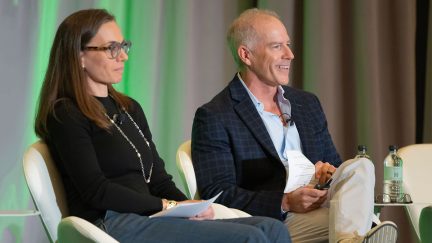Want the latest retirement plan adviser news and insights? Sign up for PLANADVISER newsletters.
Help For Advisers That Want to Grow
Kaleido, a practice growth agency in the independent advisory firm space, has created Practice Management University. The program says it will walk financial advisers, step by step, through the process of transforming a practice into a business.
The program’s target audience is emerging firms with less than $1 million in revenue, as they are in the best position for growth in the current industry environment, according to the firm’s proprietary Kaleido Scope Business Assessment Tool.
A Growth Game Plan and Growth Syllabus give firms a customized action plan and learning tools. Firms are assigned a professional business trainer—the firm’s teacher during the process—which focuses on building the foundation of a business instead of spending time and resources on moves that may be superfluous or expensive.
A common problem is mistakenly focusing on the next big idea or using a program delivered by an institution with an ulterior motive, Kaleido contends. Such programs chase trends instead of teaching the fundamentals.
Typically, advisory firms on a growth track will start to innovate in flashy ways: creating additional business development positions with flashy titles, hiring the wrong people or adding additional service lines. Kaleido counsels firms to focus on the fundamentals of building their business, rather than adding additional expenses that erode the bottom line.
According to Kaleido, Practice Management University shares resources and knowledge with firms that want to achieve their greatest growth potential by building a business the way a master’s of business administration (MBA) would build it.
“Growth isn’t sexy. It’s systematic,” says Kristen Luke, co-founder at Kaleido. The university programs give advisers the tools to grow a business in a methodical, organized way, she says, individually teaching advisory firms, especially those with under $1 million in revenue that have the desire to grow. “Focusing on proven business basics while an advisory firm is in early growth stages allows owners to avoid the problems larger firms have encountered in their growth process,” Luke says.
According to Angie Herbers, co-founder at Kaleido, the firm has done research on advisory firms and gathered a wealth of data from its Kaleido Scope Business Assessment tool over the past 15 years. “We have discovered that many early-stage advisory firms currently struggle to identify and implement some of the most basic components required to build a successful business,” Herbers says.
More information about Practice Management University is on Kaleido’s website.
You Might Also Like:

Rethinking Opportunities for RIA Growth

Advisers Step Up as Clients Face Market Uncertainty



